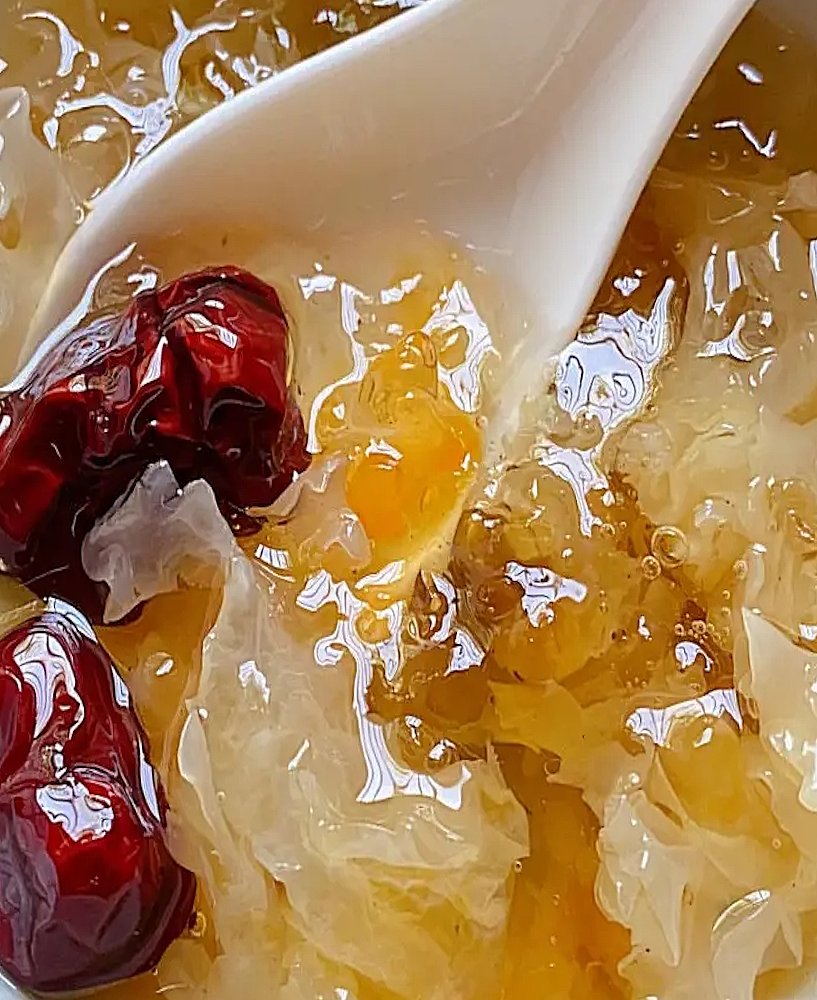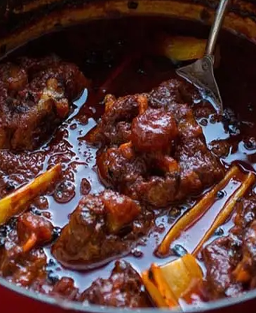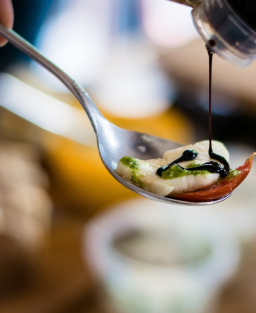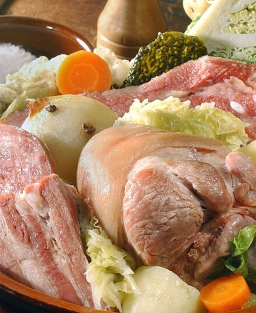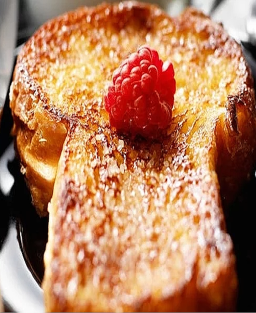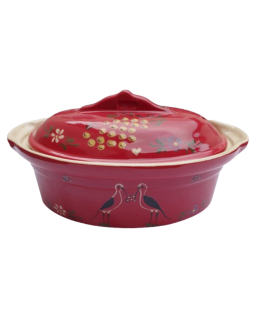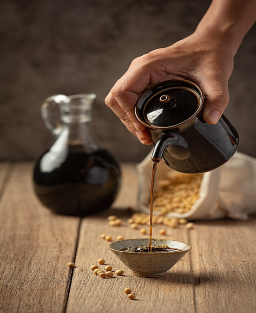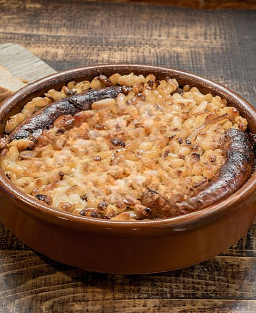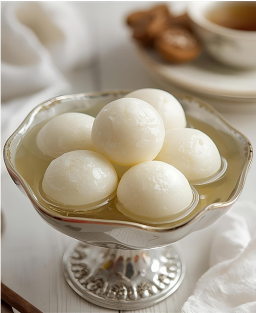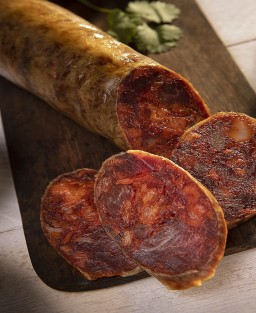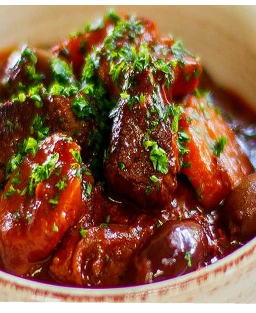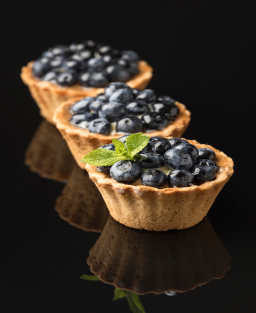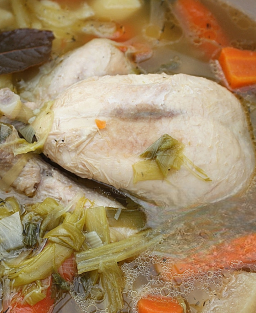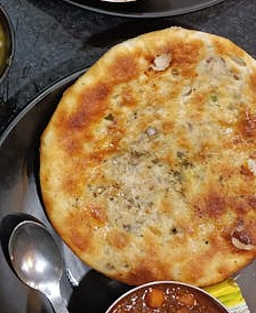Recipe Snow Fungus Skin-Boosting Dessert Soup – 白木耳糖水
Recipe Snow Fungus Skin-Boosting Dessert Soup – 白木耳糖水
Chinese beauty and health dessert soup with tremella
Discover the traditional and revisited recipe of Snow Fungus Soup (白木耳糖水), a Chinese dessert soup with beauty and health benefits.
Anecdote
« 白木耳似玉,养颜延年 » — an ancient Chinese saying meaning: “White fungus is like jade, it beautifies and prolongs life.”
Legend
It is said that the empresses of the Tang dynasty drank a bowl of snow fungus soup every night to preserve their beauty and eternal youth.
Required utensils
-
Deep pot or saucepan with lid
-
Paring knife
-
Cutting board
-
Serving ladle
-
Traditional Chinese bowls (or modern glass verrines for a TikTok-style version)
Country / Region
-
Country: China
-
Region: Southern China (Guangdong, Fujian, Hong Kong, Taiwan)
-
Recipe origin: Oral transmission
-
Codified recipe: No
-
Evolution of the recipe: Initially medicinal in traditional Chinese medicine, it evolved into a popular sweet dessert, with modern additions like papaya, coconut milk, or tapioca pearls.
Iconic chefs and contributions
-
Chef Chan Yan Tak (Hong Kong, 3 Michelin stars): elevated this soup by including it in Cantonese fine-dining menus.
-
Chef De Ming (Singapore): introduced a refined iced version infused with jasmine.
-
Chef Tong Chee Hwee (London, Hakkasan): popularized the soup in the West with a coconut-pandan fusion version.
History
Snow fungus (Tremella fuciformis) has been used for more than 2,000 years in Chinese pharmacopoeia. Cherished in imperial courts, it was considered a “beauty mushroom.” The sweet soup originated in southern China, where light fruit- and herb-based desserts are highly valued. Today, countless variations exist (pear, papaya, lotus, longan), and it has gained renewed popularity thanks to TikTok trends, where it is reimagined in modern styles (pearls, coconut milk, iced versions).
Recipe description
Snow Fungus Soup is a translucent, lightly gelatinous, and sweet dessert soup, served hot or cold. Its silky texture and mild sweetness make it both medicinal and indulgent. It combines dried fruits, mushrooms, and rock sugar, sometimes enriched with fresh fruit or precious ingredients such as ginseng or osmanthus.
Ingredients (classic recipe for 4–6 bowls)
-
1 dried snow fungus (~30 g)
-
10 red dates (jujubes)
-
20 goji berries
-
30 g lotus seeds (optional)
-
30 g dried longan (optional)
-
80 g rock sugar
-
1.5 to 2 L water
Preparation
Prep time: 15 min (excluding soaking)
Cooking time: 50–60 min
1. Rehydrating the snow fungus
-
Place the dried snow fungus in a large bowl of cold water.
-
Soak for 1–2 hours until it swells and becomes translucent and jelly-like.
-
Drain thoroughly and trim off the central yellowish, fibrous, inedible base with a paring knife.
-
Tear the fungus into bite-sized florets by hand (tearing rather than cutting helps preserve its airy texture).
2. Preparing the dried fruits
-
Lotus seeds: blanch quickly in simmering water, drain, and remove the central germ (bitter and undesirable).
-
Red dates: rinse under clear water, then make a shallow lengthwise cut to release their aroma during cooking.
-
Dried longan and goji berries: rinse briefly under cold water to remove dust and impurities.
3. Slow cooking
-
Fill a pot with 1.5 L cold water, cover, and bring gradually to a boil.
-
Add the torn snow fungus, lotus seeds, and red dates.
-
Simmer over low to medium heat for 45–60 minutes, until the texture becomes gelatinous, slightly thickened, and silky.
-
Stir occasionally with a wooden spoon to prevent sticking.
4. Sweetening and finishing
-
Add the rock sugar near the end of cooking, stirring until fully dissolved.
-
Add the goji berries and longan about 5 minutes before finishing, so they keep their texture and color.
-
Taste and adjust sweetness as desired.
5. Serving
-
Hot: serve immediately in porcelain bowls. Traditionally believed to be warming and beneficial for circulation in winter.
-
Cold: let cool to room temperature, then refrigerate for 2–3 hours before serving. A refreshing, modern version, popular in summer.
Variants / Regional versions
-
With Asian pear (梨白木耳糖水): hydrating, for dry throat.
-
With papaya (木瓜雪耳糖水): fruity sweetness, skin beautifying.
-
With longan (龙眼雪耳糖水): tonic, suitable for post-partum.
-
With lotus seeds (莲子雪耳糖水): nourishing, promotes sleep.
Modern (TikTok & Fusion) versions
-
Imperial Banquet: nashi pear + osmanthus + ginseng + lotus pearls.
-
Bubble tea style: with tapioca or sago pearls.
-
Coconut Snow Fungus: with coconut milk + pandan.
-
Iced version: jasmine or matcha ice cubes.
-
Luxury version: lychee honey + osmanthus + bird’s nest.
Tips and advice
-
Don’t overcook goji berries (they lose color and vitamins).
-
Always remove the bitter germ from lotus seeds.
-
Healthy option: replace rock sugar with lychee honey.
Serving styles
-
Rustic: warm ceramic bowl.
-
Gourmet: chilled transparent glass with osmanthus petals.
-
Pairings: jasmine tea, pu-erh tea, or chrysanthemum infusion.
Recommended wines and drinks
-
White tea Bai Mu Dan (China) → floral sweetness.
-
Jasmine tea → enhances fruity notes.
-
Young pu-erh tea → balances sweetness.
Nutrition facts (classic recipe, 1 bowl ~250 ml)
-
Energy: 120 kcal
-
Fat: 0.5 g
-
Carbohydrates: 28 g
-
Protein: 2 g
-
Fiber: 3 g
-
Allergens: none (except coconut milk variant → coconut allergen)
-
Adaptations: gluten-free, vegan, naturally lactose-free.
Glossary
-
Snow Fungus (白木耳): white tremella mushroom, also called “beauty mushroom.”
-
Rock sugar (冰糖): translucent crystallized sugar, used in Chinese desserts.
-
Goji (枸杞): dried berry, rich in antioxidants.
-
Osmanthus (桂花): fragrant flower used in teas and desserts.







